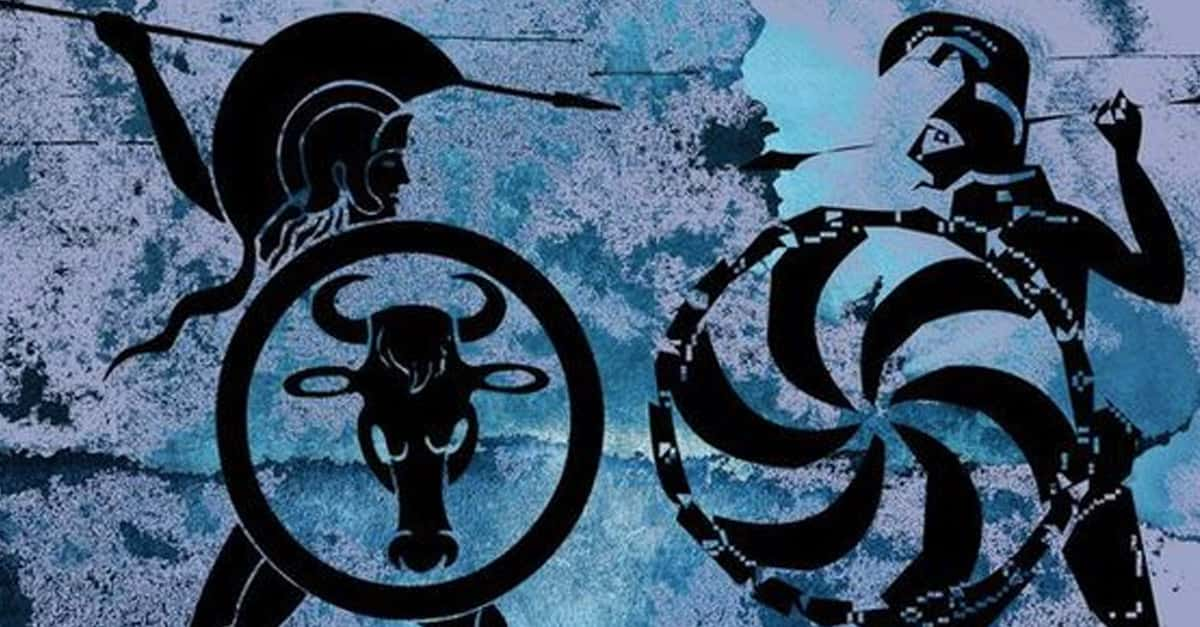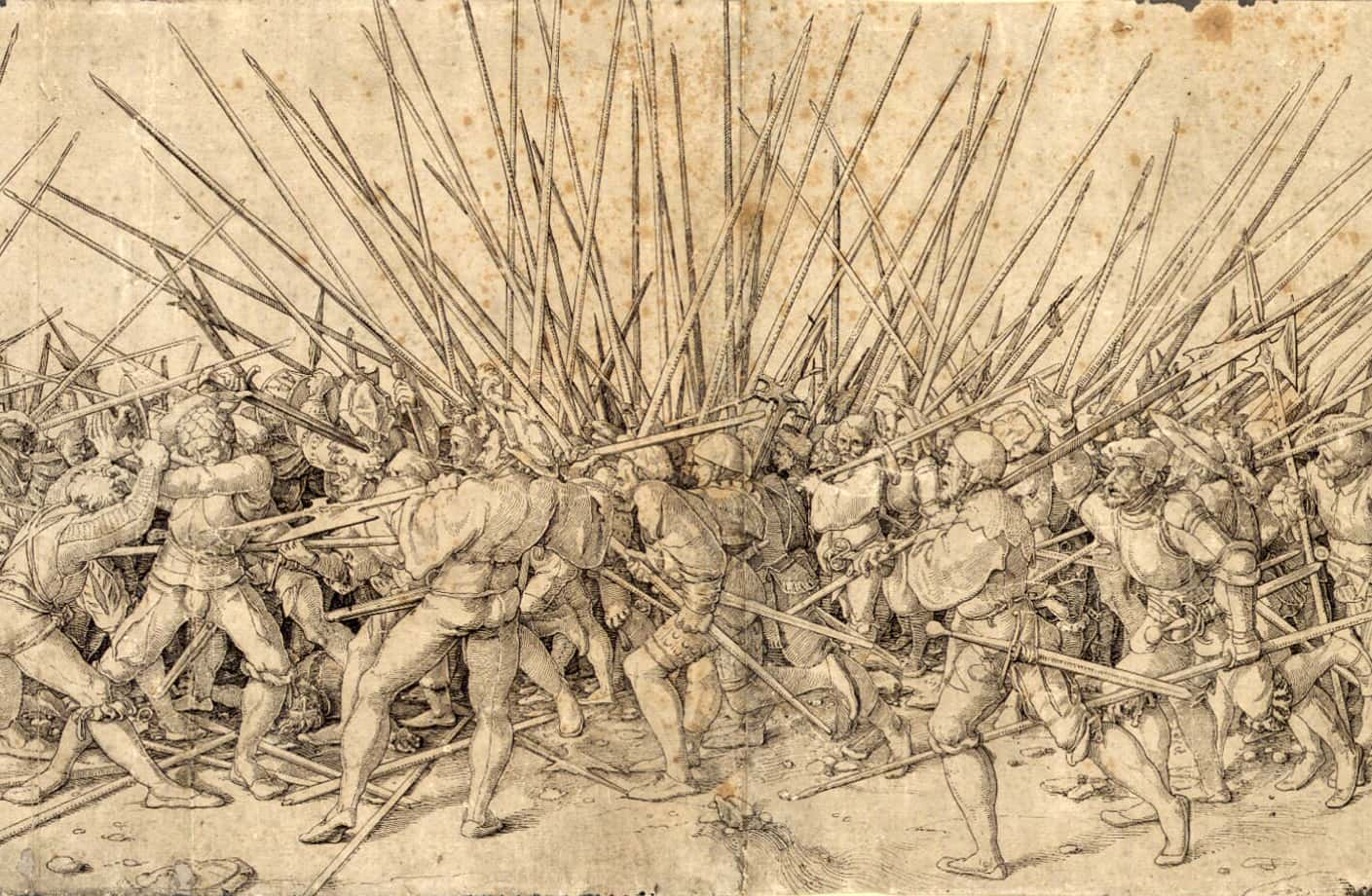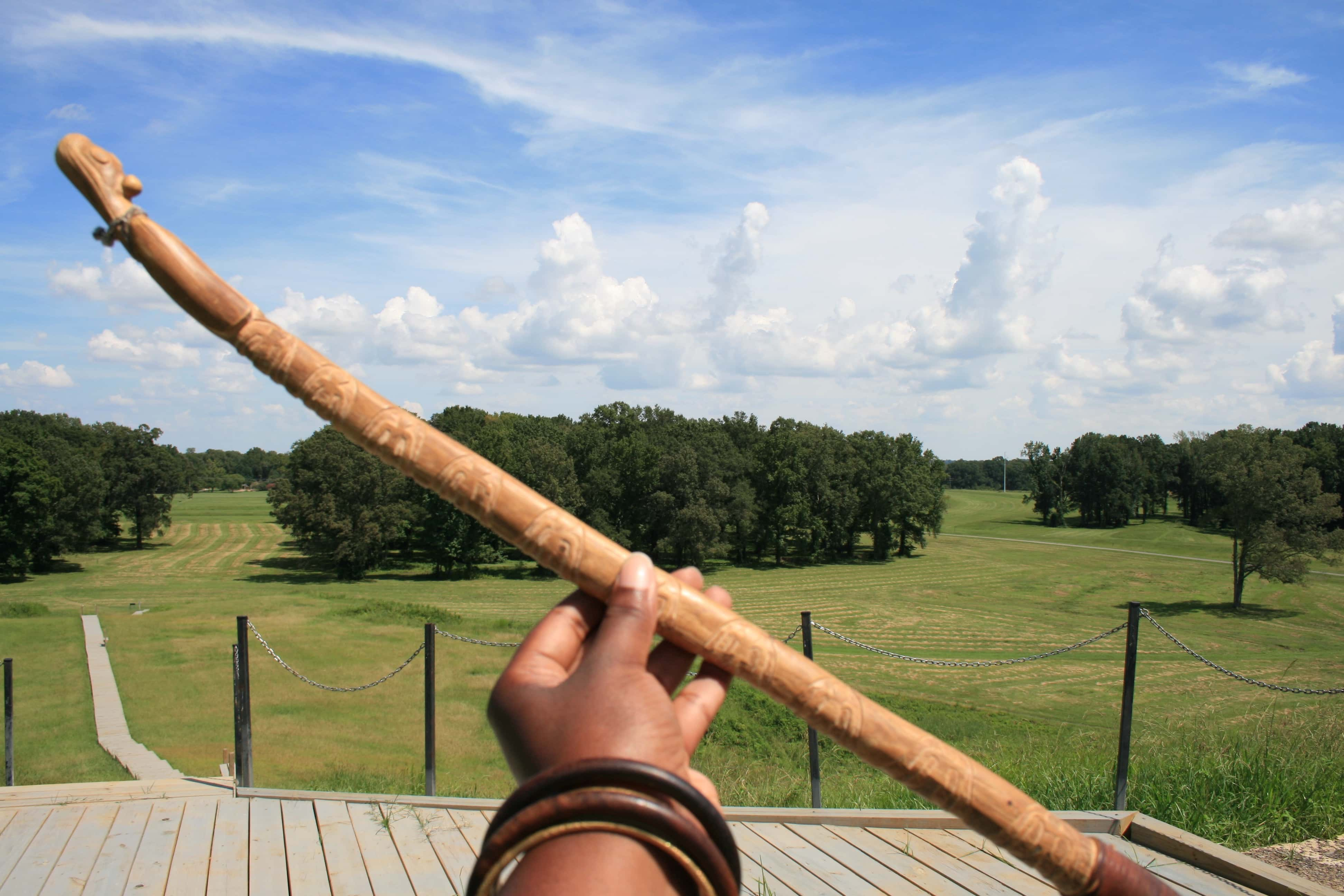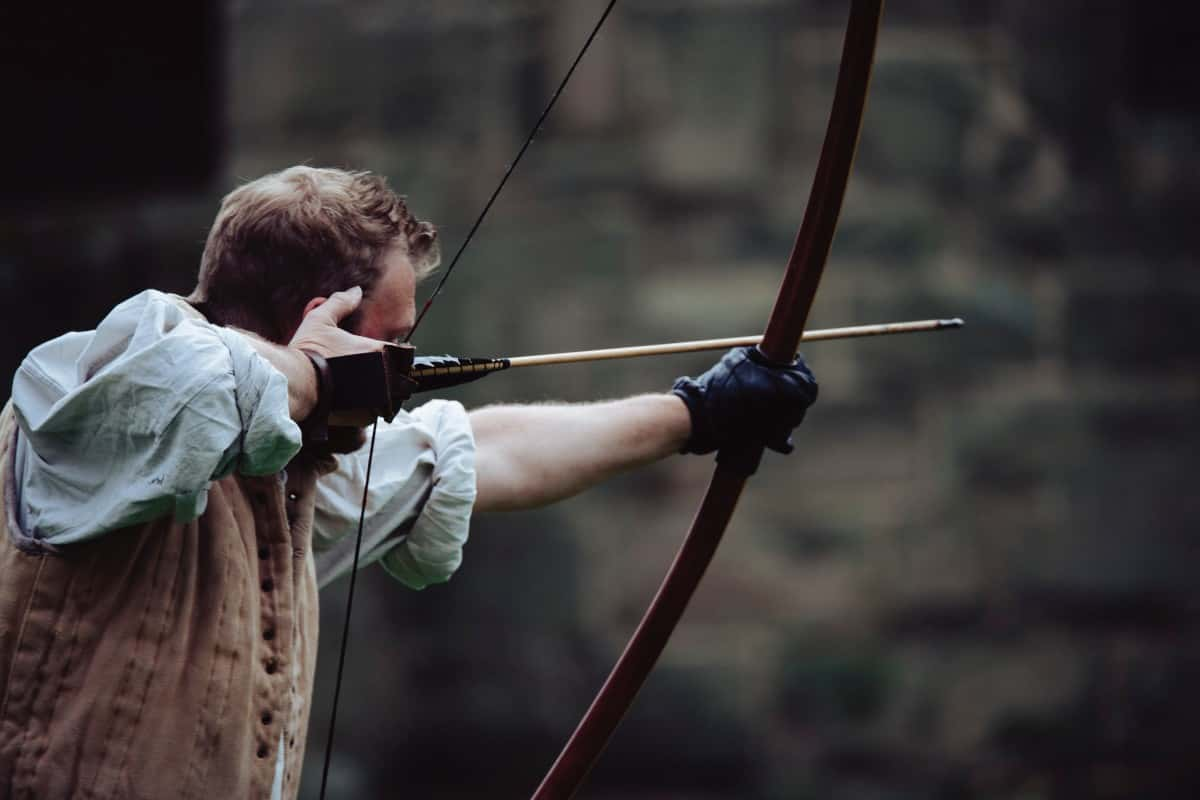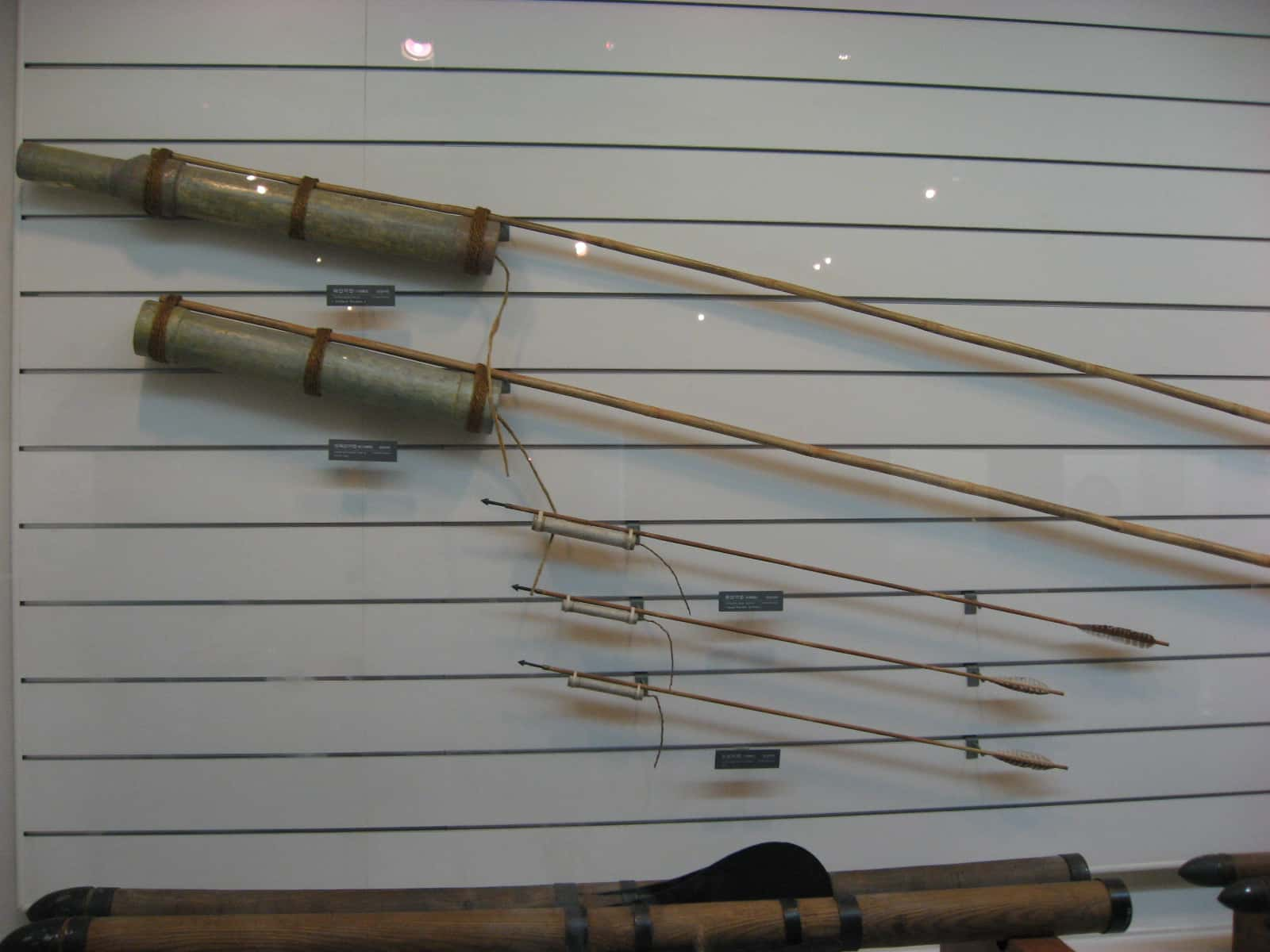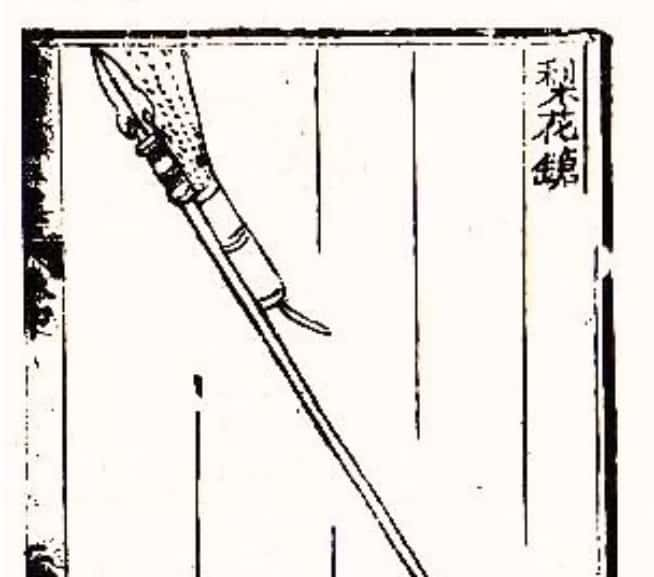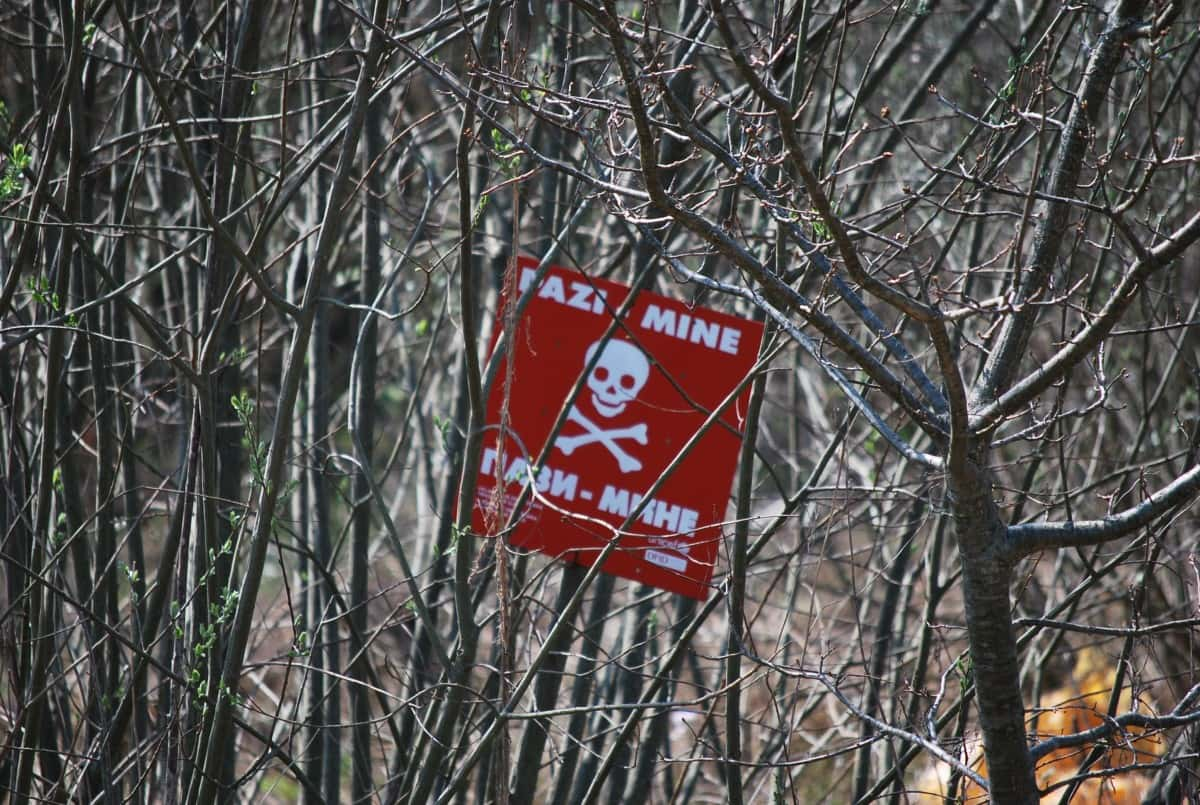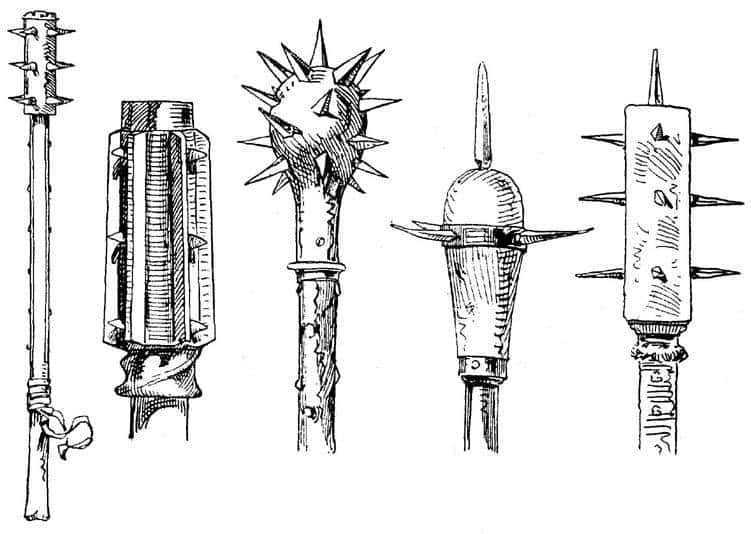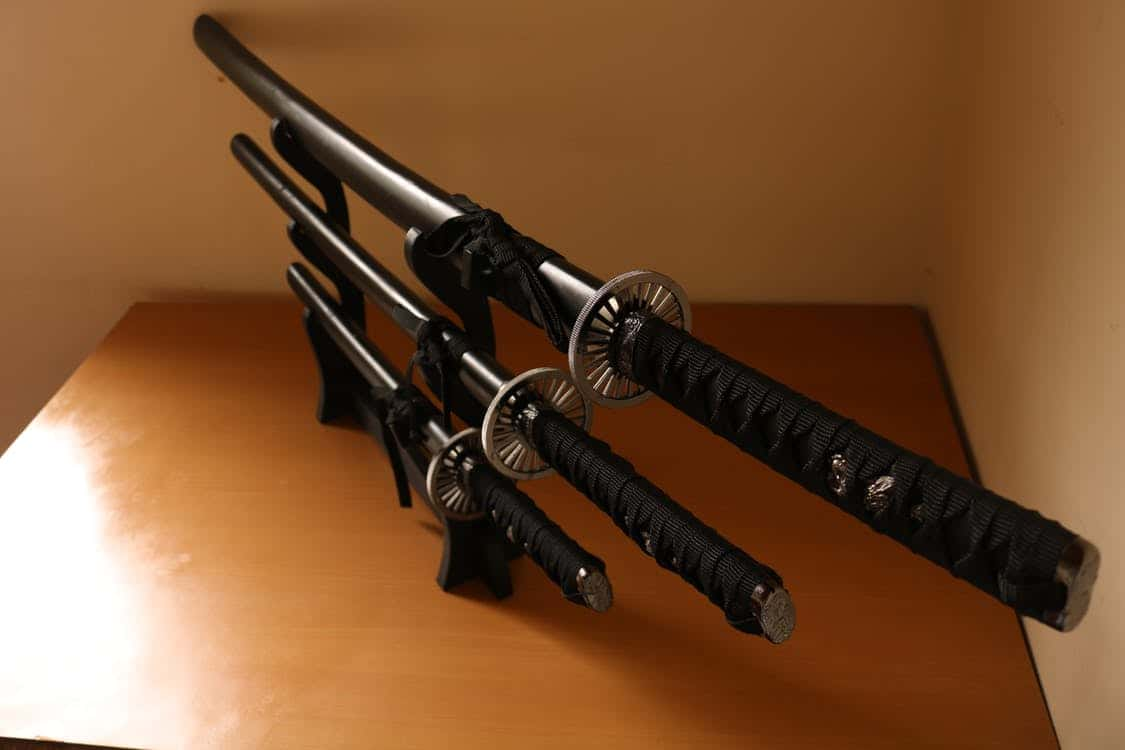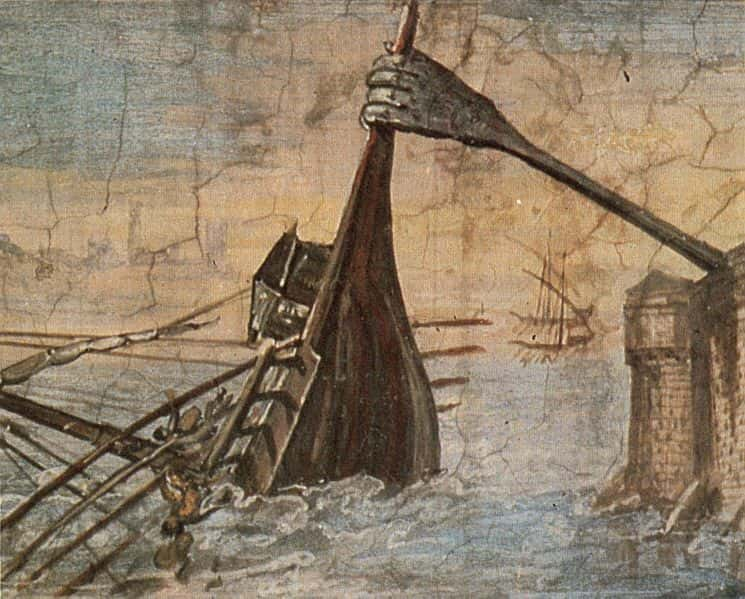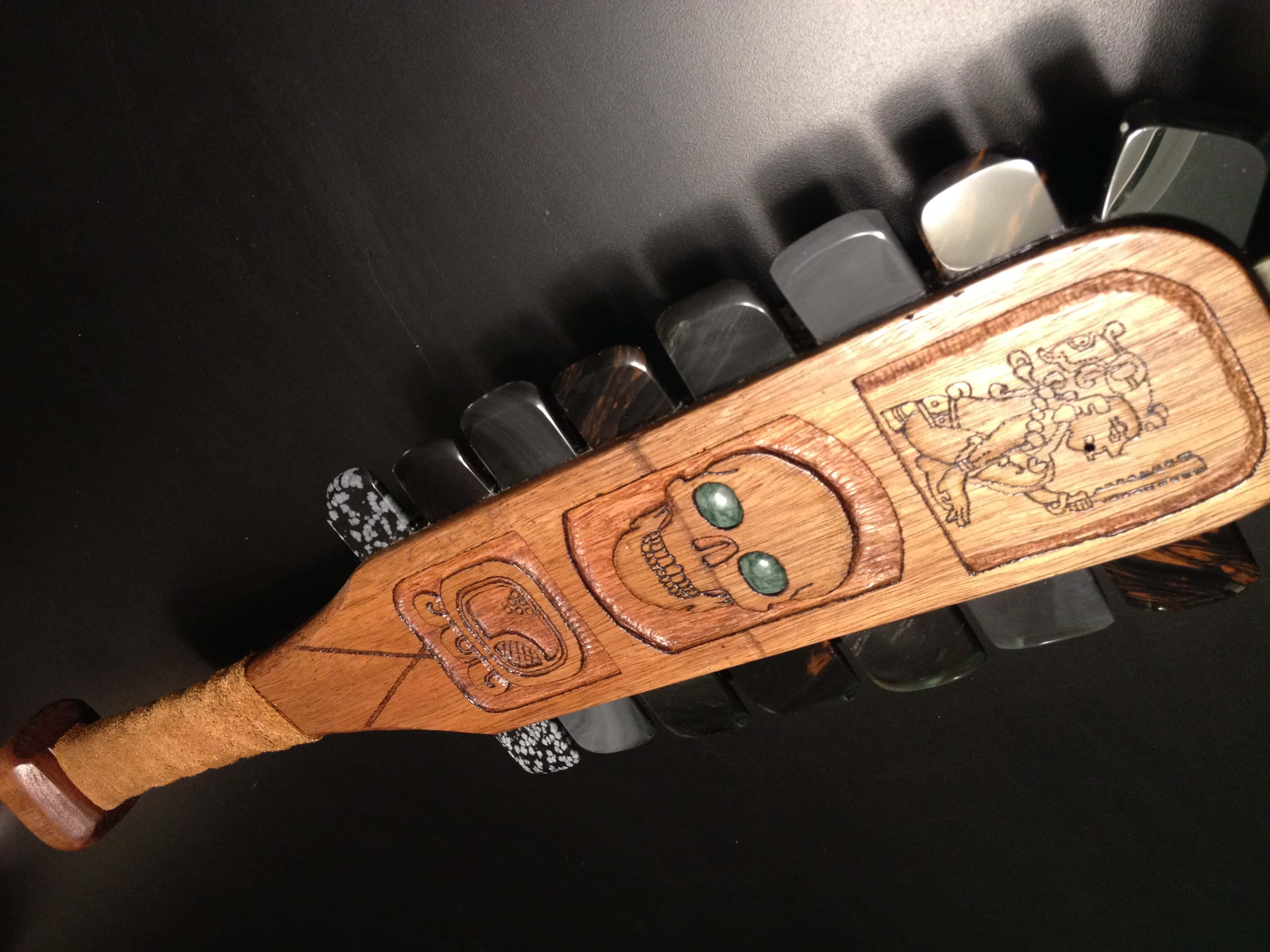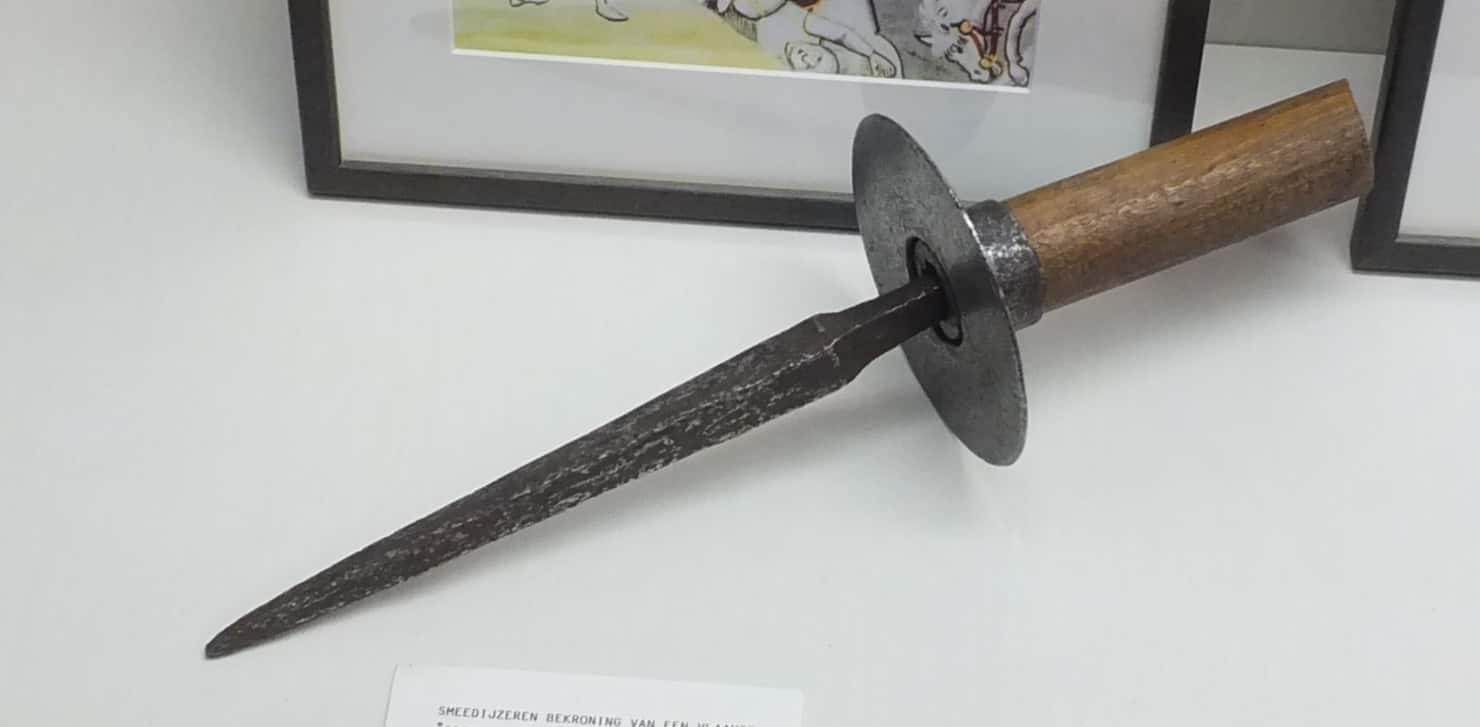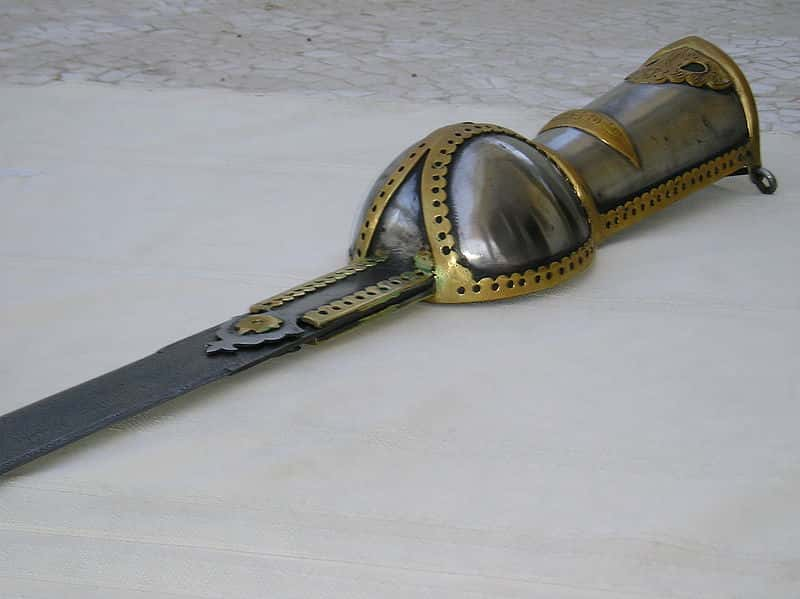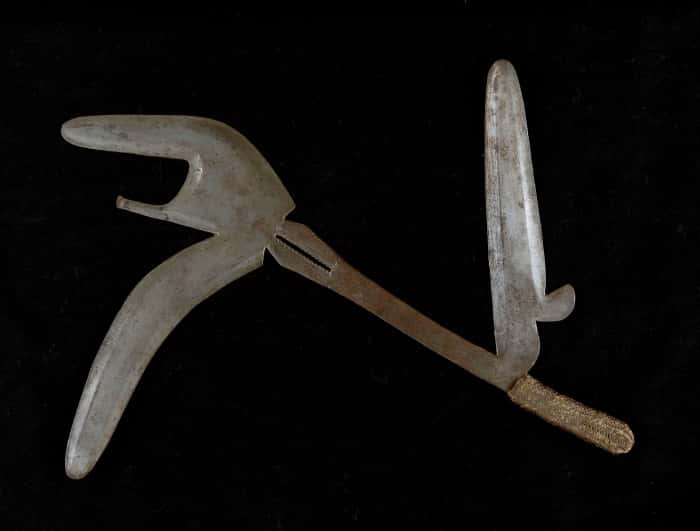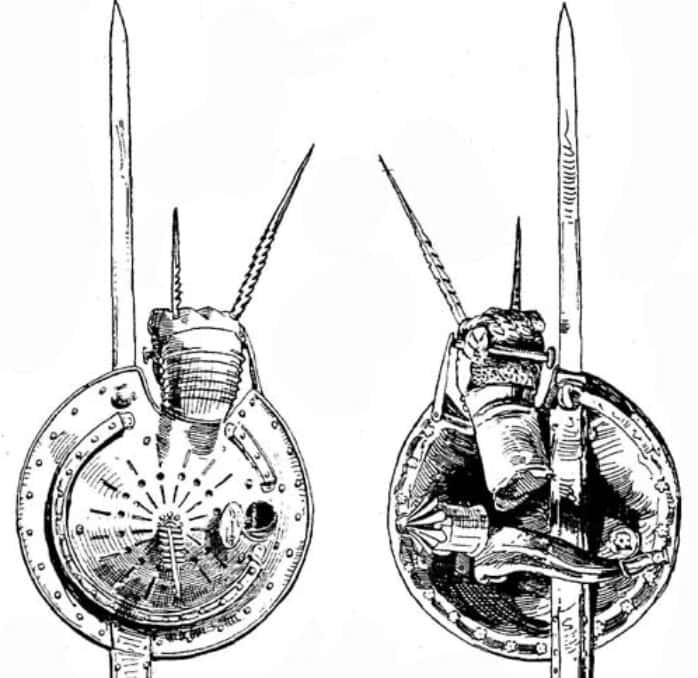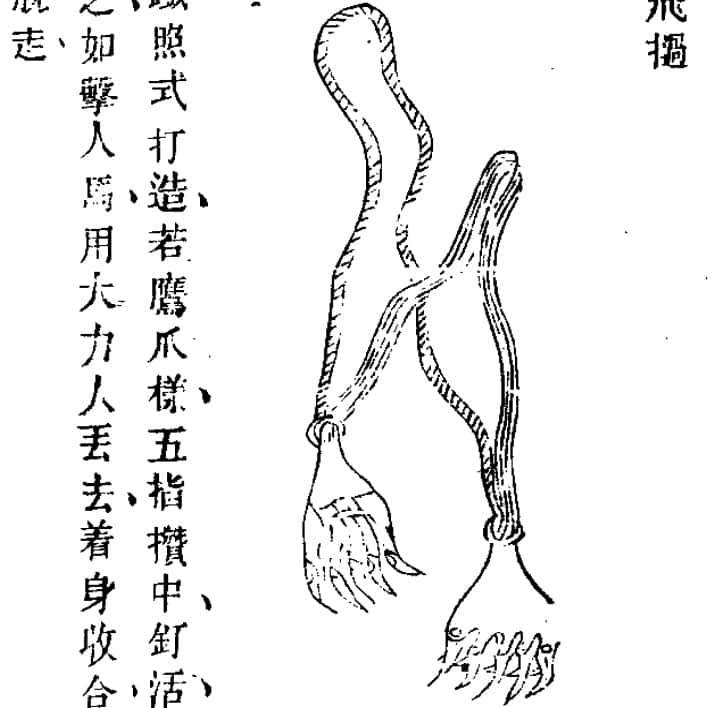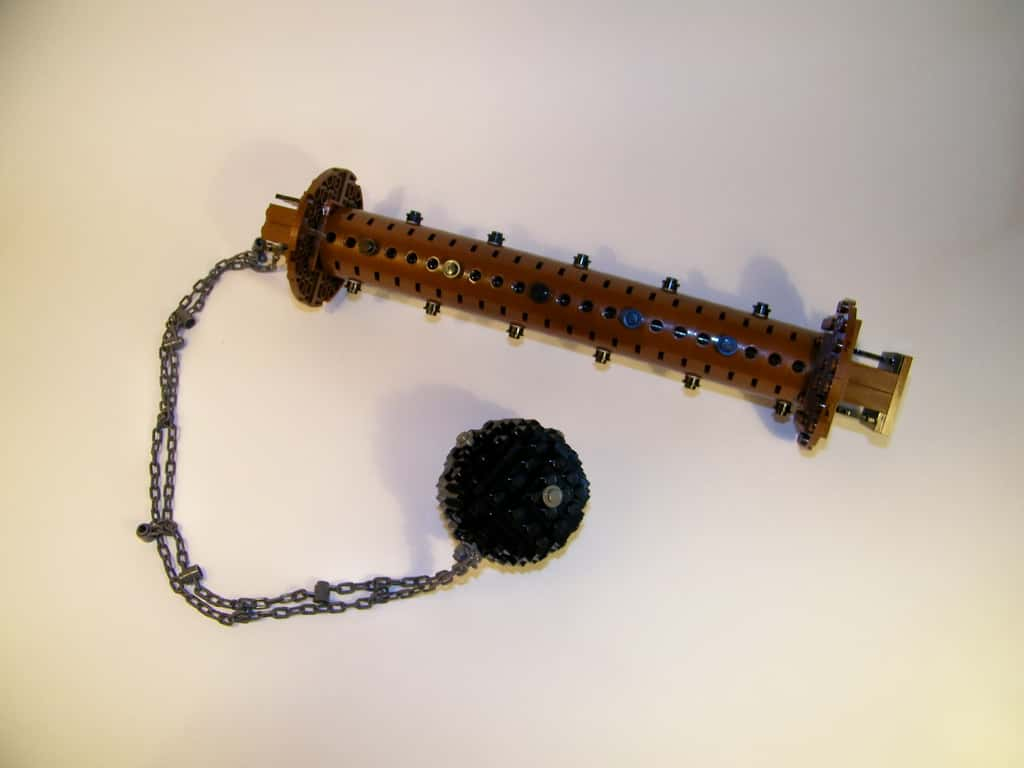“A sword by itself does not slay; it is merely the weapon used by the slayer.” —Lucius Annaeus Seneca
There have been some crazy weapons invented throughout history, but the most effective were born out of common-use tools. Let’s go for a tour of some of the deadliest ancient weapons in world history.
Deadliest Ancient Weapons Facts
23. Wooly Destroyer
The atlatl was the genesis of the bow and arrow. Made of a flexible piece of wood, the atlatl was essentially a leverage tool. With a handle on one end, it would engage a socket and dart a spear up to 160 km an hour. Dating back to the Stone Age, this effective weapon is thought to have contributed to the extinction of the wooly mammoth. Though it's of the Stone Age, the Aztecs wielded it up until the 16th century..
22. Fling It
A bow that stands as tall as its shooter allows for deadly accuracy from great distances. The Longbow has been around since at least 3,300 BC; one was discovered alongside Ötzi the Iceman, the oldest naturally preserved mummy. In the Hundred Years war, English used the longbow to dominate the battlefield.
21. Rocketed Gunpowder
The predecessor to the first firearm, Fire Arrows were an early form of weaponized gunpowder. Developed by the Chinese from the 9th century onward, this weapon was simply an arrow with a bag of gunpowder strapped to it. Many machine launchers were devised to send dozens of Fire Arrows flying into the ranks of the enemy. And you thought firecrackers were scary.
20. Father Fire Lance
The origins to all firearms lie with the Fire Lance. Developed in the 10th century by, again, the Chinese, this weapon was used for close combat battles. Essentially a tube of gunpowder attached to a spear, the Fire Lance would fire any projectiles that could fit into the barrel at the enemy. Once it has fired its payload, it could still function as a spear.
19. Mother Mines
Okay, so you’ve got explosive projectiles flying at your enemies already; what’s the next step? Mines, of course. In 13th century China (where else?), mines were developed by filling bamboo with gunpowder and metal objects as shrapnel. The mines were then buried and would be triggered by an for unsuspecting passer-by.
18. Flaming Blankets
Greek fire was developed by the Byzantines in 672, and was one of the key technologies that helped them grow their empire. The original flame-thrower, Greek fire was a chemical liquid lit on fire as it was shot out a pressurized nozzle from Byzantine ships. The chemical mixture was a military secret we still don’t know today, but it was able to burn for extended periods of time on top of the water, thus earning the nickname “sea fire.”
17. Fire by Clay
The Byzantines didn’t stop there, though. After the development of Greek fire, soldiers realized that they could also throw this horrific death at people inside stone and ceramic jars. This weapon would spread from West to East, where the (you guessed it) Chinese were able to perfect this fireball and create the first prototype of the modern hand grenade.
16. To Be Blunt
The Mace evolved from a club to become a spiked blunt force weapon commonly used as a way to inflict damage through armor. Various types of maces were developed beginning in the Upper Paleolithic period, using different lengths and heads of varying flanges for penetration. Cheap, easy, and effective, maces were used for centuries to simply bludgeon the enemy with all one's might.
15. Beautiful Death
The Katana is perhaps the most lethal weapon to carry such beauty. Often referred to as a “Samurai Sword,” it was widespread in ancient and feudal Japanese culture and openly carried by Samurais. Crafted with a slight curve and a long grip for wielding it with two hands, the Katana is one of the greatest cutting weapons produced in world military history.

History's most fascinating stories and darkest secrets, delivered to your inbox daily.
14. Claw of Science
When you have Archimedes on your side, defending your empire is a bit easier than normal. When the Romans made their advance on Syracuse during the Second Punic War, Archimedes had just the thing to defend the city. By equipping a crane with a grappling hook, he created what is now known Archimedes' Claw, which could grab a ship, lift it up, and capsize it. Syracuse eventually fell, but it took many Roman resources to accomplish the task thanks to this ship shaker.
13. How Sharp is Obsidian?
Damn Sharp! The Ancient Aztecs' version of the sword was the maquahuitl, which was a wooden club embedded with obsidian, or volcanic stone, on the sides. The most famous of Aztec weapons, the Spanish claimed a maquahuitl could slice the head of a horse clean off.
12. Good Day
The Goedendag: for when clubbing someone just isn’t good enough. A combination of a club and a spear, the goedendag was a large wooden staff with a metal spike at its end. Famous for its use during the Franco-Flemish War, it is (spuriously) said its name derives from the Bruges Matins massacre of 1302, when guildsmen took to the streets to greet their fellow citizens a good morning, slaying those who responded with a French accent.
11. Spiked Hands
When the Marathas fought the Mughal empire in the 17th-century, their warriors didn’t fight with just their fists. Instead, they used the Pata, a sword fitted with a gauntlet handguard that soldiers wore on their hands. The blades went up to a meter in length. What these vicious weapons lacked in versatility they made up for with “Whoa! Dude, you have a sword for an arm!”
10. Whip It Good
The Urumi was a Medieval south Indian weapon used as a metal whip. Requiring impeccable coordination, this whip/sword combo was fitted with up to 30 blades and was as dangerous to its wielder as it was to its enemy. Used to fight multiple soldiers at once, it is one of the most feared weapons in Indian history, making a hero of anyone who could master it.
9. Hunga-Munga
You’re not going to find many better names than this one. The hunga-munga, also known as the Mambele, was an African throwing weapon with four separate blades (three on top, one at the side). The curvature enabled it to be thrown long distances or fought with at close range. This blade reflects the ingenuity of the Mangbetu people of the Congo region.
8. Back Up Death
Ubiquitous in pop cultural depictions of ninjas, the Japanese Shuriken is known in the West as a throwing star. Actually used more as a backup weapon for both ninjas and samurais, this hidden weapon was not only thrown but also used as a last-ditch slicing weapon.
 pixabay
pixabay
7. Italian Army Knife
Sometimes you’ve got to duel at night, and for that you'll want the lantern shield. Used in Renaissance Italy, the lantern shield was a shield attached to both an armored glove and a lantern. The lantern shield could illuminate, protect, and even kill; it was also sometimes outfitted with spikes and blades. The Renaissance: the good ol’ times.
6. Iron Claw
The Zhua was an ancient Chinese weapon made to de-shield an enemy and then either tear their flesh apart or bludgeon them with sheer force. The Zhua is an iron claw at the end of a 1.83-meter pole, the Zhua is the stuff of nightmares.
5. Three-in-One
What’s better than one blade? Two blades. What’s better than two blades? Three blades! Believed to be one of the world’s first triple-edged blade, the Haladie was an ancient double dagger used in Syria and India. Usually around 44 cm total in length, this weapon not only had a double blade but had a third blade on one side of the circular handle in the middle position. This way you could also stab-punch someone to death.
4. Ride and Slice
When riding on a horse while fighting, you need ultimate weapon flexibility. This is why the Scimitar, famous throughout the Arab world, has a long curved blade: the design enables warriors to ride through enemies and slice them up with full momentum—no pesky problems with getting your sword stuck in your enemy's back.
3. Hack Job
Though it was made obsolete by the rise of gunpowder, at one time the battle axe was found throughout the world in a wide range of designs. Cheaper and more readily available than swords, the battle axe was used by everyone from the Vikings to the Vietnamese.
 Pixabay
Pixabay
2. Come Flail Away
Throw a spiked ball together with a chain and bam!: you’ve got a flail. Coming in two different forms (a long-handled infantry style and a less common short-handled style), this weapon was used by both medieval warriors and commoners. An agricultural tool used for threshing that developed into a weapon, flails were known as the “peasant's weapon.”
1. Wicked Water
During times of war, danger isn’t limited to the battlefield: enter biological warfare. One of the original tactics used by many armies was to simply dump dead bodies into wells to poison the water supply. Not too complicated; very effective.
Sources: 1, 2, 3, 4, 5, 6, 7, 8, 9, 10, 11, 12, 13, 14, 15, 16, 17, 18, 19, 20, 21, 22, 23

